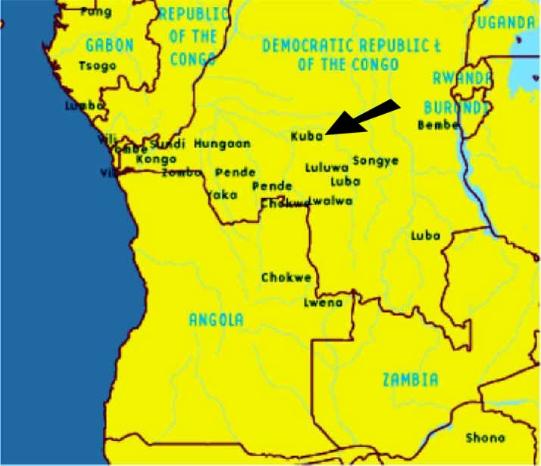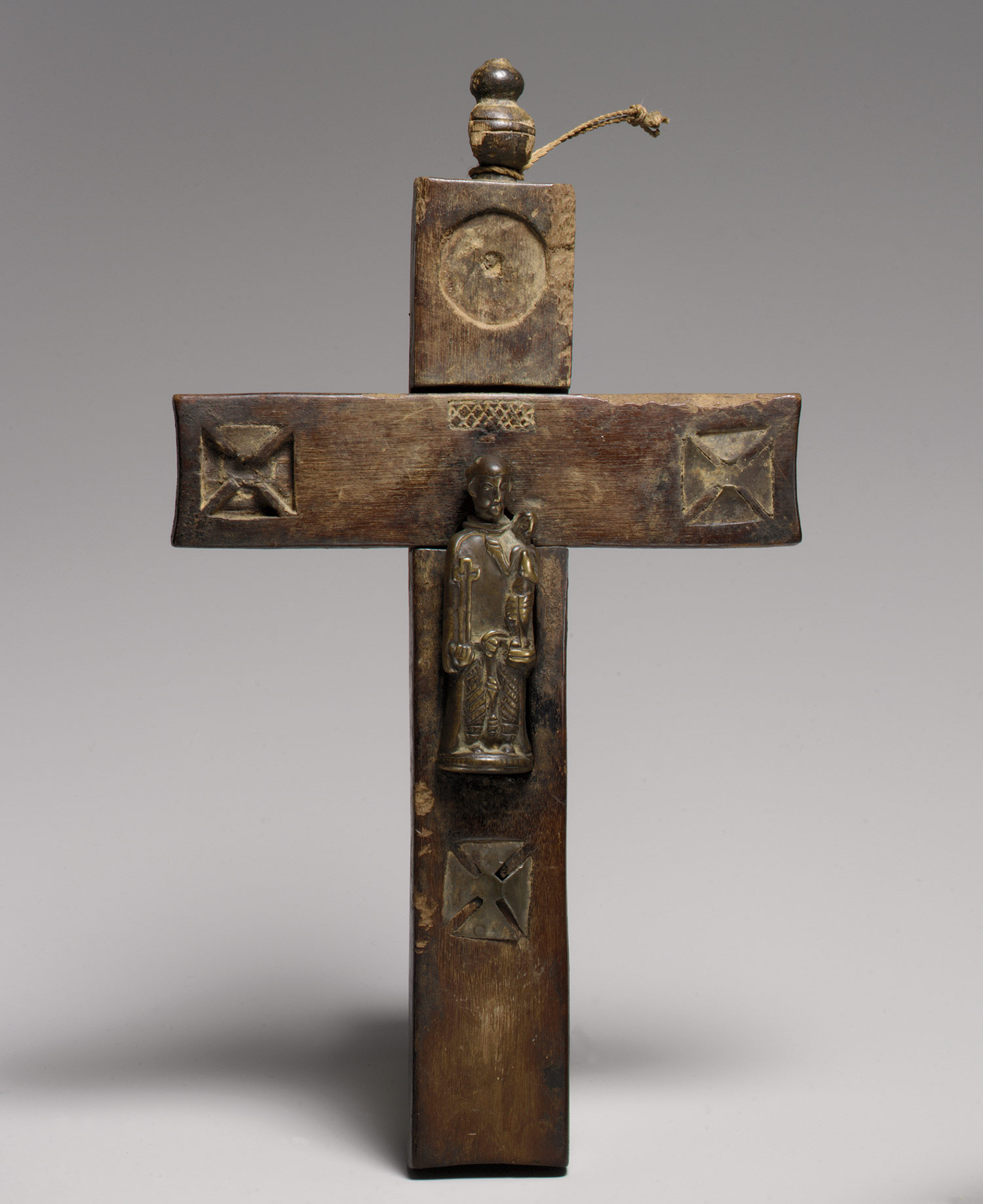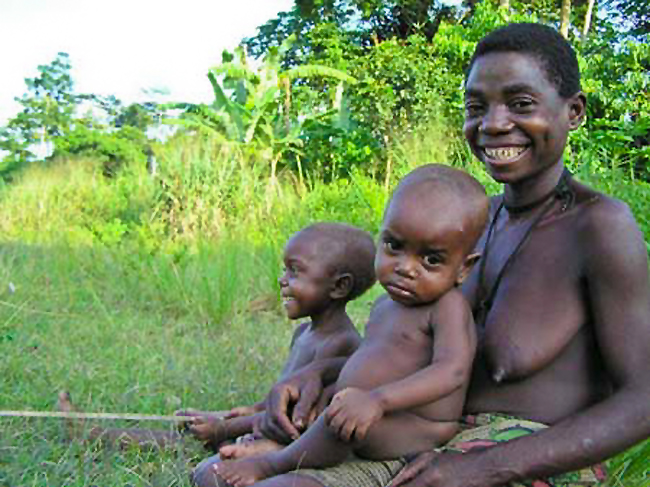 As it turns out, there are more than two hundred ethnic groups or tribes in the DR Congo, so this entry will do much less than scratch the surface. However, I thought that this topic would complement today's class and Chinua Achebe's lecture nicely.
As it turns out, there are more than two hundred ethnic groups or tribes in the DR Congo, so this entry will do much less than scratch the surface. However, I thought that this topic would complement today's class and Chinua Achebe's lecture nicely.Let's begin with a link to historian John Henrik Clarke's article on the ethnic groups *before* colonization:
http://www.africawithin.com/clarke/LumumbaCongo.html
The Encyclopedia of the Nations has a brief overview of the Congo's ethnic makeup.
http://www.nationsencyclopedia.com/Africa/Congo-Republic-of-the-ROC-ETHNIC-GROUPS.html
This index from Wikipedia is simply a list, but it is a fairly specific list:
http://en.wikipedia.org/wiki/Category:Ethnic_groups_in_the_Democratic_Republic_of_the_Congo

Let's begin with a few links about the Kongo (or Bakongo) after whom the region was named. The Kongo Kingdom extended from what is now the DR Congo to what is now Angola.
http://www.uiowa.edu/~africart/toc/people/kongo.html
http://countrystudies.us/angola/5.htm
This site includes more specific information about their art.
http://www.zyama.com/kongo/pics..htm
The figure pictured above is a power figure. For more information, see this article:
http://www.uiowa.edu/~africart/toc/chapters/kml/KME5.html
This article concerns the Kongo's original religion:
http://philtar.ucsm.ac.uk/encyclopedia/sub/kongo.html
After 1491, the Kongo were Christian. The crucifix below is in New York's Met Museum.
http://www.metmuseum.org/toah/hd/acko/hd_acko.htm


The DR Congo has a number of pygmy ethnic groups such as the Mbuti and the Mbenga. They may be the original inhabitants of this region. Blogger Rashid Faridi has written up a fairly comprehensive overview of these groups. The picture above is of a Ba Aka family.
http://rashidfaridi.wordpress.com/2009/02/06/pygmiesafrican-peoples-of-the-rainforest/
For more information about the Ba Aka, see this site:
http://tiki.oneworld.net/features/survival/survival_2_ba-aka.html
http://www.baka.co.uk/baka/
Another group is the Efe:
http://www.nctimes.com/articles/2003/11/26/entertainment/art/11_25_0312_31_09.txt
National Geographic has recently published an article on the Mbuti. The picture below is not from that article but from Yale University's Tropical Resources Institute. One of its students worked on a project with the Mbuti.
http://ngm.nationalgeographic.com/ngm/0509/feature5/
 For more information about Ellen Brown's project, see this link:
For more information about Ellen Brown's project, see this link:http://www.yale.edu/tri/fellows2004/Africa.html#ellenbrown
Not suprisingly, the Mbuti are known for the bark cloth that they make:
http://www.indigoarts.com/gallery_africanart_textl7.html
 Or you may prefer music:
Or you may prefer music:http://www.tower.com/mbuti-pygmies-ituri-rainforest-various-artists-cd/wapi/106408965
http://www.youtube.com/watch?v=LW2lv7_2KQg
However, the pygmies have been victims of outrageous cruelty recently:
http://news.bbc.co.uk/2/hi/africa/2933524.stm
http://news.bbc.co.uk/2/hi/africa/3869489.stm
To add insult to injury, logging companies have devastated the rainforests where the pygmies live.
http://www.independent.co.uk/news/world/africa/congos-pygmies-take-on-world-bank-to-save-rainforest-from-loggers-396903.html
I'll move on to a little bit about the Chokwe:
http://www.uiowa.edu/~africart/toc/people/Chokwe.html
http://www.zyama.com/chokwe/index.htm
http://www.rebirth.co.za/chokwe_mask_history.htm
Below is an image of one of their masks. This was used at a king's coronation.
 The Chokwe are also known for their chairs and stools:
The Chokwe are also known for their chairs and stools:
I'll conclude with some information about the Kuba Kingdom. The picture above is of a Bwoom mask from that group.
http://www.metmuseum.org/toah/hd/kuba/hd_kuba.htm
These links contain information about this kingdom's art:
http://www.clemson.edu/caah/history/faculty/Miller%20Kuba/Kuba%20Site/kuba_home.html
http://www.zyama.com/kuba/pics..htm
http://www.randafricanart.com/kuba_Bwoom.html
http://www.marlamallett.com/kuba.htm
Below is a picture of the Kuba's raffia cloth:

There is so much more that I could post, but I think that I will stop here for now.
How does this information add to your understanding of Heart of Darkness?
No comments:
Post a Comment